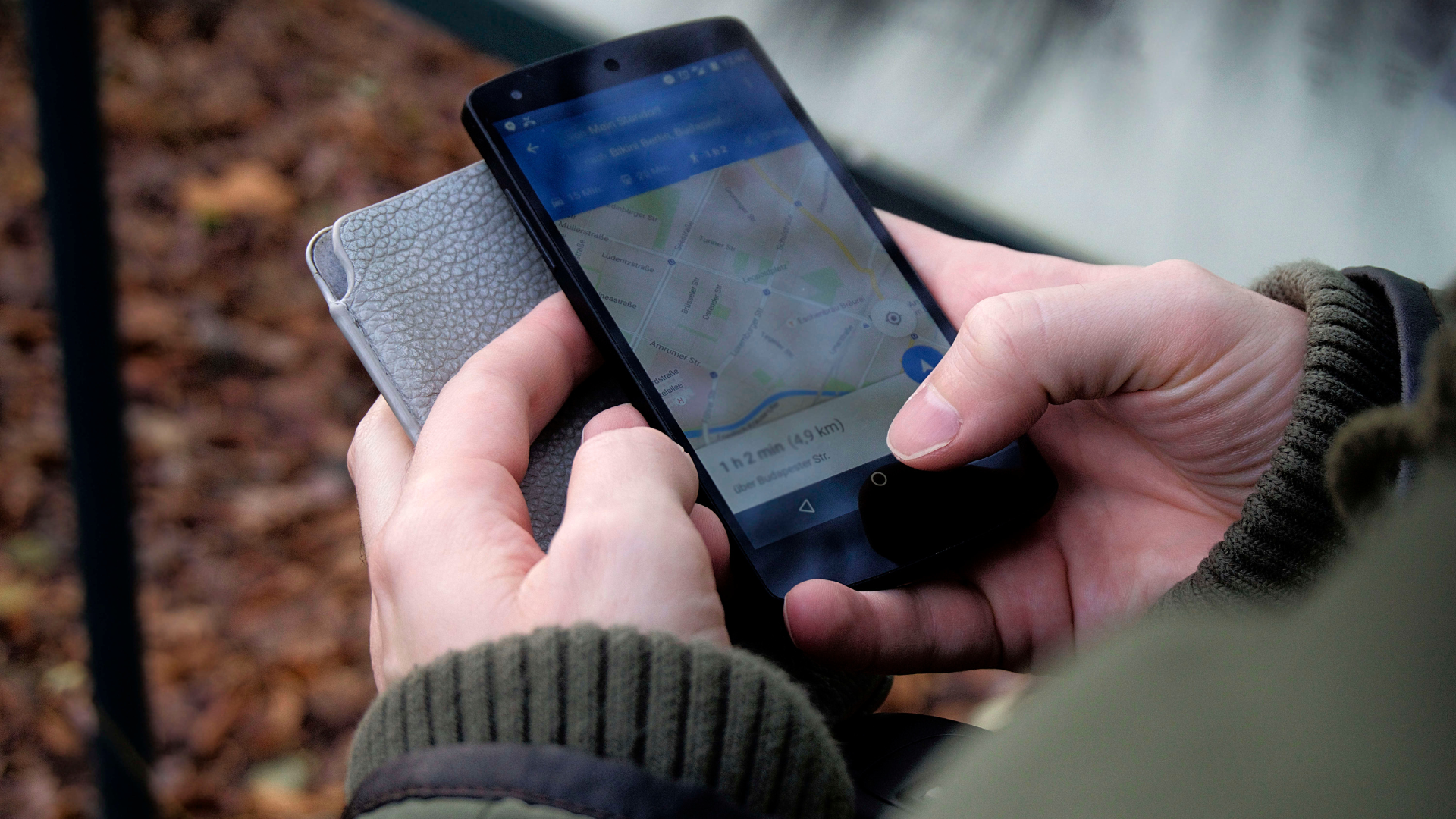
Have you considered the vulnerability of your GPS? Spoofing attacks, and manipulating GPS signals, are an increasing threat. In the next moments, explore ten practical tips to shield against these deceptive maneuvers. As our reliance on GPS grows, safeguarding against such threats becomes crucial. Stay with us for insights to secure your navigation in the evolving digital landscape.
What are GPS Spoofing Attacks
Firstly, let's delve into what GPS Spoofing Attacks entail. These attacks involve the manipulation of signals, compromising the integrity of location data and posing a significant threat to navigation systems. Motivated by malicious intent, attackers exploit vulnerabilities within GPS technology, emphasizing the critical need for robust defense strategies.
Grasping the dynamics of GPS Spoofing is imperative for both individuals and organizations navigating the evolving cybersecurity landscape. In the following sections, we'll explore the intricacies of these attacks and provide practical tips to shield against potential disruptions. Keep an eye out for guidance on securing your navigation amidst this growing digital threat.
Tips for Preventing GPS Spoofing Attacks
1. Assess the Risks
Initiate the defense against GPS spoofing through a comprehensive risk assessment, identifying vulnerabilities, attacker motives, and potential impacts on critical GPS-dependent systems. Understanding the motives behind spoofing attacks, ranging from disruption to compromising location data for financial or national security threats, guides the formulation of targeted defense strategies.
Evaluate the impact and likelihood of potential attacks on systems such as routing, scheduling, tracking, monitoring, reporting, and communication processes. Prioritize actions effectively, considering alternative or complementary Positioning, Navigation, and Timing (PNT) sources for enhanced redundancy and resilience, reducing reliance solely on GPS to fortify system robustness against spoofing threats. Consider tools like the Common Vulnerability Scoring System (CVSS) for risk assessment.
2. Implement Countermeasures
The installation of anti-jamming and anti-spoofing devices is crucial. Utilize low-noise amplifiers, adaptive antennas, signal filters, cryptographic authentication, and inertial navigation systems. Regularly update GPS software and firmware to address vulnerabilities and explore alternative sources for increased redundancy. These countermeasures collectively form a strong defense against potential spoofing attempts.
3. Monitor and Report
Constructing a resilient system to monitor and report GPS jamming and spoofing instances is crucial. Collaborating with industry peers, government agencies, and law enforcement not only boosts awareness but also strengthens collective defense against evolving threats. Information sharing within this community enhances the ability to detect and respond to potential GPS spoofing incidents rapidly. Utilizing tools like open-source GPS monitoring applications facilitates automated monitoring and reporting, streamlining the incident detection and response process.
4. Review and Improve
Consistently reviewing and enhancing GPS security practices through audits, tests, and simulations is crucial. Stay informed about the latest developments in GPS technology, standards, and regulations. Align security practices with organizational goals and objectives, ensuring ongoing protection against evolving spoofing tactics. A dynamic and continually evolving security posture is essential for effectively countering emerging threats. Consider utilizing simulation tools available for testing and improving GPS resilience.
5. Utilize Encrypted GPS Versions
In sectors where GPS spoofing is a long-standing concern, encrypted versions provide an added layer of security. Evaluating the feasibility of implementing such versions in high-security environments, safeguards against potential spoofing threats. Encrypted GPS versions serve as a specialized defense mechanism tailored to industries where the stakes are particularly high.
6. Implement Two-Factor Authentication
Enhance overall security by implementing Two-Factor Authentication (2FA). Requiring users to provide two forms of identification makes it challenging for malicious actors to gain access, even if passwords are compromised through spoofing. 2FA adds an extra layer of defense, especially crucial for securing access to critical systems dependent on accurate GPS data. Utilize 2FA solutions such as Google Authenticator or Authy for an additional layer of user verification.
7. Use Secure Browsers and Strong Passwords
Employ secure browsers to detect and prevent access to spoofed websites, fortifying defenses against phishing attempts. Reinforce security measures by using strong, unique passwords that are regularly updated. Combining these measures provides an additional layer of protection against spoofing attacks, mitigating the risk of unauthorized access to critical systems.
8. Turn off Unused GPS-Enabled Devices
A simple yet effective measure involves turning off GPS-enabled devices when not in use. This minimizes exposure to potential spoofing attacks by reducing the accessibility of devices to malicious actors. Adopting this practice helps mitigate risks associated with unwanted manipulation of GPS signals. Additionally, consider implementing device management solutions like Mobile Device Management software to remotely control and secure GPS-enabled devices.
9. Employ Anti-Spoofing Techniques
Implementing anti-spoofing techniques, such as those recommended by cybersecurity experts, adds an extra layer of protection against interference and jamming. Methods like obscuring antennas, installing decoy antennas, choosing antenna locations carefully, and using blocking antennas contribute to safeguarding against potential spoofing signals. Utilizing hardware-based anti-spoofing solutions designed for general use, like the Septentrio AsteRx-i S GNSS receiver, enhances resistance to jamming and spoofing attempts.
10. Stay Informed and Educated
Remaining vigilant against GPS spoofing requires keeping abreast of the newest threats and countermeasures. Cultivate a culture of cybersecurity awareness among your team, ensuring that everyone comprehends the risks tied to spoofing attacks and can identify and report any suspicious activities. Consistent education and awareness initiatives nurture a watchful community adept at responding to evolving threats. Stay informed by subscribing to pertinent threat intelligence feeds, engaging in industry conferences, and utilizing educational materials such as those provided by the Cybersecurity & Infrastructure Security Agency for the most up-to-date information.
Conclusion
Guarding GPS systems from spoofing attacks requires a proactive and diverse strategy. Organizations can substantially minimize the risk of being targeted by GPS spoofing through risk assessment, the application of countermeasures, vigilant monitoring and reporting of incidents, and an ongoing process of reviewing and enhancing security practices.
The use of encrypted GPS versions, implementing 2FA, and staying informed about anti-spoofing techniques further fortify defenses. These ten tips empower organizations to adeptly navigate the evolving landscape of cybersecurity and ensure the unwavering integrity of their GPS-dependent operations. This comprehensive approach strengthens resilience against GPS Spoofing Attacks.
Share this post
Leave a comment
All comments are moderated. Spammy and bot submitted comments are deleted. Please submit the comments that are helpful to others, and we'll approve your comments. A comment that includes outbound link will only be approved if the content is relevant to the topic, and has some value to our readers.



Comments (0)
No comment